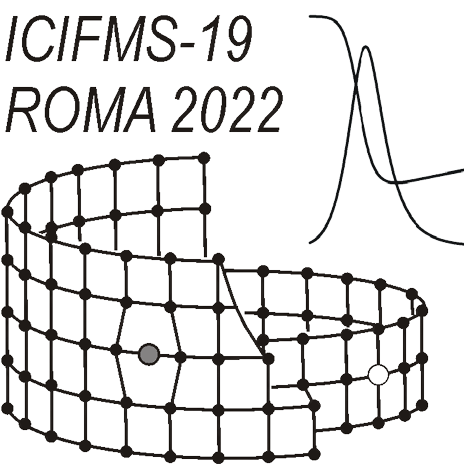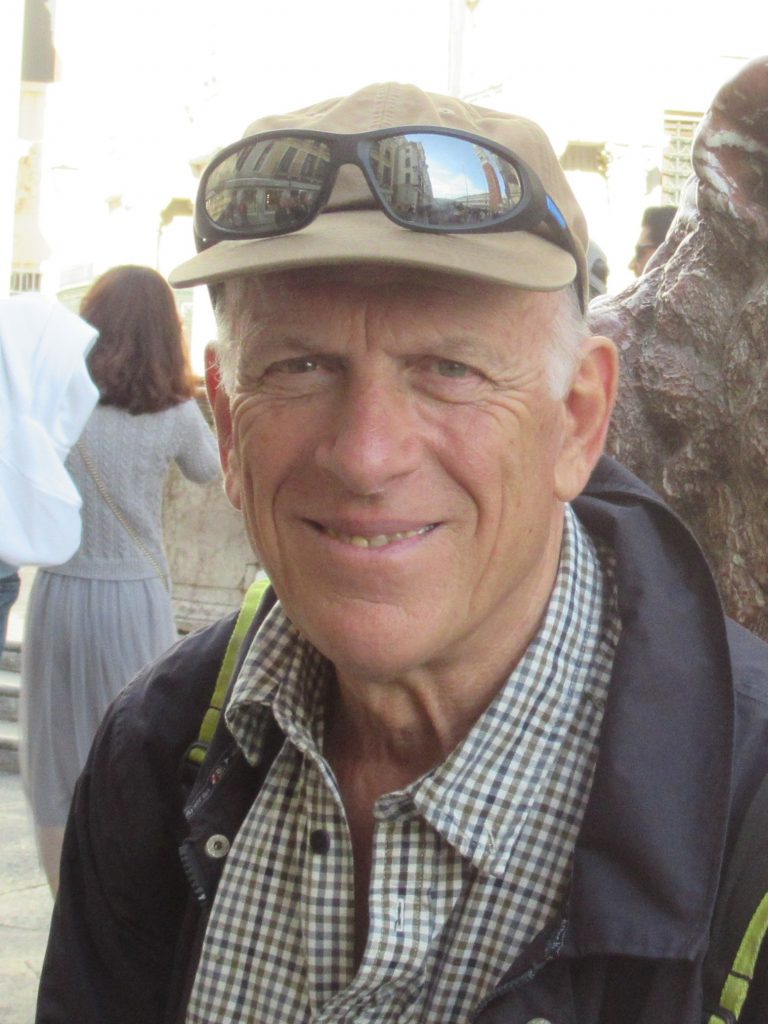
Prof. Jean-Marc Pelletier
Laboratory MATEIS, an Engineering School INSA-Lyon, France
His research concerns the mechanical response of amorphous materials, especially bulk metallic glasses. Zr-, Ti-, La-based materials are for instance investigated. One of the main topics is the influence of thermo-mechanical treatments on these mechanical properties, both at room temperature or at elevated temperature. Mechanical relaxations are investigated in detail in order to understand the influence of chemical composition and atomic arrangement on the atomic mobility in these disordered materials. Prof. Jean-Marc Pelletier has published more than 170 SCI journal papers and presented more than 100 contributions in International Conferences, with the citation of more than 2000 and H-index of 26 (April 2019). Before studying the mechanical response of amorphous materials he was interested in the phase transformation, especially precipitation and ordering, high power laser engineering and various topics. He developed international collaboration, especially with groups in China (Prof. W.H. Wang in Beijing) and in Japan (Prof. A. Inoue and Prof. H. Kato, in Sendai).
Mechanical spectroscopy in amorphous materials: case of bulk metallic glasses.
J. M. PELLETIER1, J.C. QIAO2
1MATEIS, INSA-Lyon, Université de Lyon, France
2NPWU, Xi’an, China.
Amorphous materials exhibit a specific mechanical behavior due to the absence of long range order. Therefore, the concepts of point defects, dislocations or grain boundaries are no longer available. Amorphous materials may concern either polymers, oxide glasses or amorphous metals and thus either covalent, Van des Waals, ionic or metallic bonding are involved. Atomic mobility in these materials can be investigated using mechanical spectroscopy. Various relaxations can be observed either as a function of frequency or temperature. This point will be addressed in the presentation. A more detailed insight will be done in bulk metallic glasses. These materials are the topic of many researches because they possess excellent mechanical properties, in particular their yield strength. We will briefly review the main results obtained in various bulk metallic glasses. A physical analysis of the mechanical response will be presented. Similarities and differences with the other amorphous materials will be discussed.
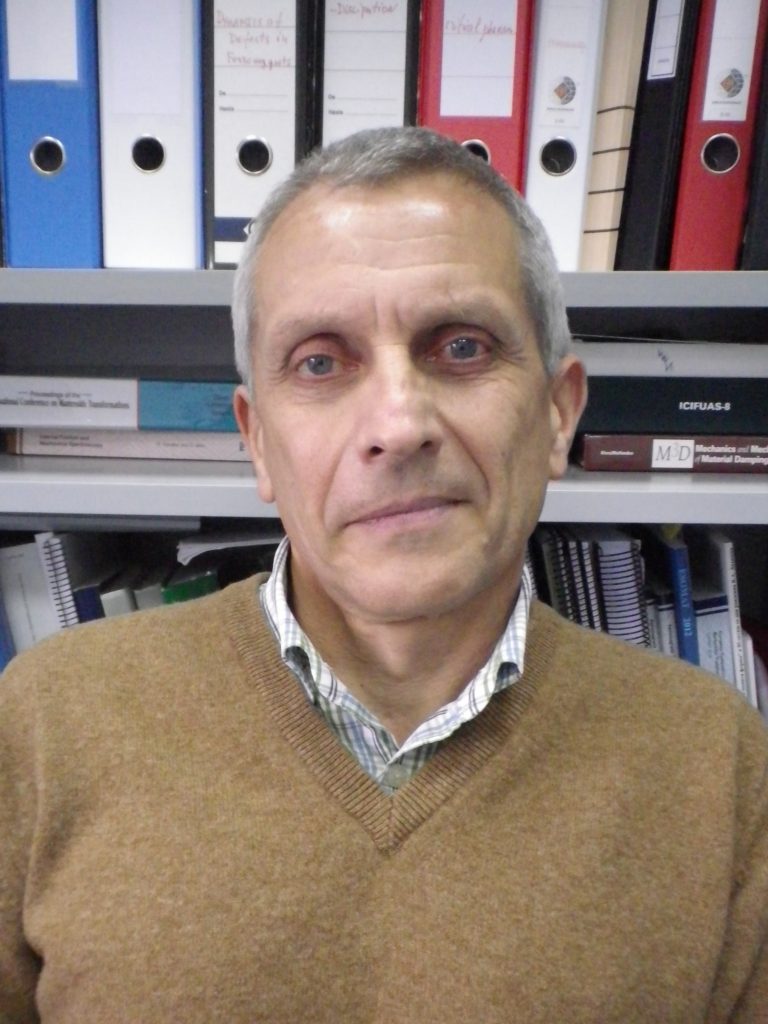
Prof. Sergey Kustov
Departament de Física, Universitat de les Illes Balears, Palma de Mallorca, Spain
Sergey Kustov graduated from Electrophysics faculty of Electrotechnical Insitute in 1977, and got PhD degree in Physics and Mathematics from A.F. Ioffe Physico- Technical Institute in 1989, USSR Academy of Sciences, Leningrad.
1981-2004: A.F. Ioffe Physico-Technical Institute, USSR Academy of Sciences, Leningrad
1994-2004: Research fellow and senior fellow at Catholic University of Leuven, Leuven; Invited professor, Swiss Federal University of Technology, Lausanne; Visiting professor, University of Balearic Islands, Palma de Mallorca.
2004-2019 Ramón y Cajal fellow, profesor contratado doctor, associate professor, department of Physics, University of Balearic Islands, Palma de Mallorca, Spain.
80 years after: new categories of magnetomechanical damping
Magnetomechanical damping (MMD) in ferromagnets includes three canonical contributions – microeddy and macroeddy linear non-thermally activated relaxations and non-linear hysteretic damping. The first and the last of these three categories are due to the oscillatory motion of magnetic domain walls (DW), whereas the macroeddy component is derived from the net macroscopic magnetization of a sample. The concepts of these MMD components date back to 1930-1950-1960 and no fundamentally new observations have been done since then.
During the last few years, using resonant technique, operating around 105 Hz – the frequency range of the maximum sensitivity to DW related magnetomechanical effects – two new MMD categories have been uncovered:
- low-temperature “freezing” of DWs, resulting in an intense thermally-activated relaxation and concomitant ΔE-effect;
- frequency-independent magnetic transitory damping term, associated with temperature/structural transition/magnetic field related rearrangement of DW structure.
The number of MMD categories thus increases from three to five. The disclosed MMD components offer new interpretations for a number of physical phenomena still being intensively discussed, like spin and re-entrant spin glass transitions, formation of tweed in ferromagnetic materials, etc.
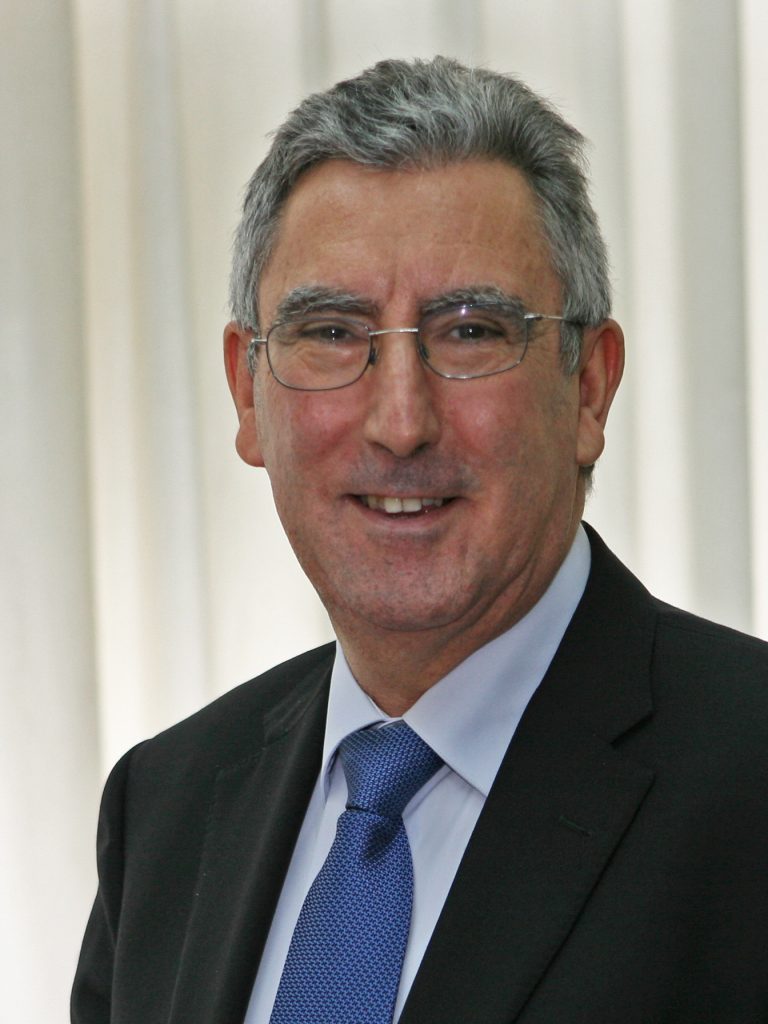
Prof. Jose M. San Juan
Department of Physical Metallurgy at the University of the Basque Country (Bilbao, Spain). San Juan is physicist, Dr. in Materials Science (INSA of Lyon, France) and Dr. in Physics (University of Bilbao, Spain). Since 1995 he hold the position of Full Professor of Physical Metallurgy at the University of the Basque Country (Bilbao, Spain) and in 2006-2007 was Visiting Professor at the DMSE of the Massachusetts Institute of Technology (MIT, Cambridge, USA).
Prof. San Juan is the leader of the Research Group on Physical Metallurgy at the University of the Basque Country, where he developed the laboratory specialized in Internal Friction and Mechanical Spectroscopy. His research activities are focused in different fields like mobility of defects, phase transitions and mechanical properties, including damping, in a variety of materials; light alloys, shape memory alloys, metal matrix composites and intermetallics among others. Internal Friction and Mechanical Spectroscopy played a major role in his research carrier, on which he published more than 200 scientific papers, edited four books and gave many invited lectures in International Conferences.
Prof. San Juan organised in 2002 the ICIFUAS-13 Conference in Bilbao and, apart from ICIFMS, is member of several International Advisory Committees, like ICOMAT (on martensitic transformations) and IWTA (on Ti-Al intermetallics). In 2020 Prof. Jose M. San Juan becomes a new Zener prize laureate.
INTERNAL FRICTION AT NANO-SCALE AND SIZE-EFFECTS ON DAMPING IN SHAPE MEMORY ALLOYS
Jose M. San Juan1*
1 Dpt. Physics of Condensed Matter, Faculty of Science and Technology, University of the Basque Country, UPV/EHU, Apdo. 644, 48080-Bilbao, Spain
*e-mail jose.sanjuan@ehu.es
The short life of the present millennium is characterized by the emergence of a new paradigm of science, Nanotechnology, which spread across all branches of science, including Physics and Materials Science. Obviously, nanotechnology constitutes a challenge to approach the characterization of the materials properties at small scale, and new experimental techniques were required or improved to successfully face such challenge.
In the present talk I will describe the endeavor to measure internal friction at nano-scale. First, I will remember the capabilities of the new techniques of instrumented nano indentation that were used to test and measure the damping at nano-scale in shape memory alloys [1,2]. Then, I will describe the observed size-effects on the mechanical behavior and in particular on damping [2-5], which will be analyzed in terms of the physics underlying behind such size- effects.
This new methodology open the way to measure internal friction at very small scale and in the last part of my talk I will present how it was used to measure the long-term evolution of damping [6,7], in order to develop nano-dampers for technological applications in Micro Electro Mechanical Systems.
The door is open to develop Mechanical Spectroscopy at nano-scale, and to close my talk I will emphasize that still remain many challenges to be faced, in order to fully pave the road allowing to spread it across the Materials Science Community. This will be the role of new gamers, the new generation of young researchers.
[1] J. San Juan, M.L. Nó, C.A. Schuh, Advanced Materials 20 (2008) 272-278.
[2] J. San Juan, M.L. Nó, C.A. Schuh, Nature Nanotechnology 4 (2009) 415-419.
[3] J. San Juan, M.L. Nó, J. Alloys & Compounds 577S (2013) S25-S29.
[4] J.F. Gómez-Cortés, M.L. Nó, I. López-Ferreño, J. Hernández-Saz, S.I. Molina, A. Chuvilin, J. San Juan, Nature Nanotechnology 12 (2017) 790-796.
[5] V. Fuster, J.F. Gomez-Cortes, M.L. Nó, J. San Juan, Advanced Electronic Materials 6 (2020) 1900741 (1-7).
[6] J. San Juan, J.F. Gómez-Cortés, G.A. López, C. Jiao, M.L. Nó, Applied Physics Letters 104 (2014) 011901 (1-5).
[7] J.F. Gomez-Cortes, M.L. Nó, I. Ruiz-Larrea, T. Breczewski, A. Lopez-Echarri, C.A. Schuh, J. San Juan, Acta Materialia 166 (2019) 346-356.
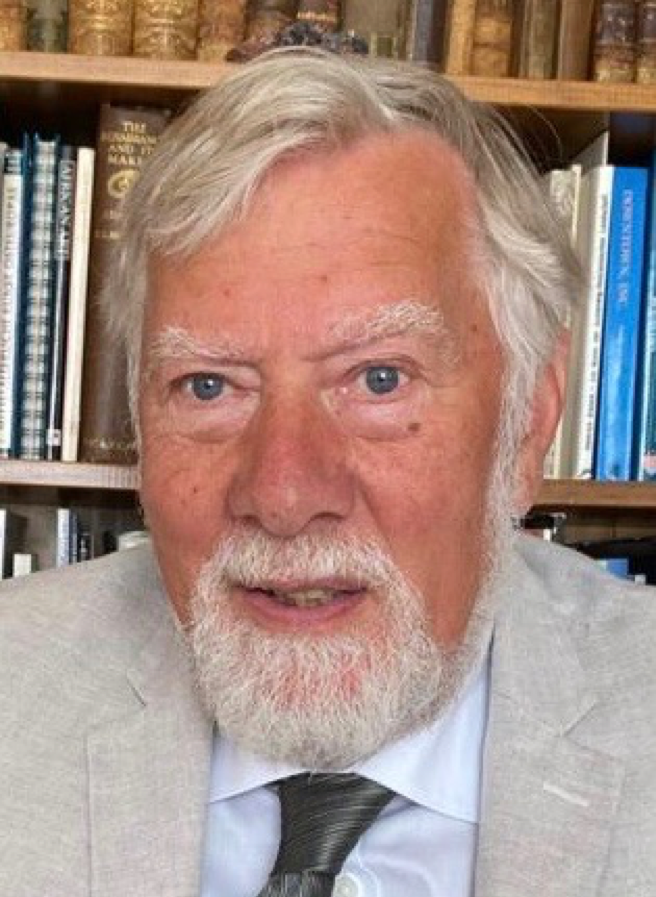
Prof. Ekhard K.H. Salje
University of Cambridge
Prof. Salje works on ferroic materials, such as ferroelastic minerals, superconductivity and mechanical spectroscopy. He has published over 700 papers and several text books. His h-index is >80. Besides his Cambridge group in the Department of Earth Sciences, he closely collaborates with colleagues in China and Japan and was Ulam fellow in Los Alamos. He is fellow of the Royal Society (UK), the Leopoldina (Germany), foreign member of the Academia de Barcelona, and member of the Academia Europaea.
Internal friction in complex ferroelastic twin patterns
Ekhard Salje
The internal friction (IF) of complex ferroelastic twin patterns was derived by atomistic molecular dynamics simulations [1]. Linear and non-linear IF regimes were found at different stress amplitudes and separated by a pinning/depinning threshold. The IF is directly related to the motion of ferroelastic needle twins.
A low linear IF background is nearly independent of temperature and the configuration of the twin patterns at external stresses below the pinning/depinning threshold. With increasing stresses, twin boundary motions generate non-linear anelasticity where the stress dependent IF increases to a maximum and then decays. This IF maximum is lowered and shifted to higher stresses by extrinsic pinning effects and decreases further with increasing temperature. The non-linear IF depends by power law on the strain with exponents near 2 below the IF maximum and -1 at strains higher than the maximum. Vacancies destroy the power law and break the scale invariance of the domain boundary movements.
Bent domain walls lead to weak piezoelectricity even when the bulk material is non-piezoelectric. In some cases, the bending leads to the formation of kinks in walls which enhance the piezoelectricity [2,3].
Ref.
[1] X He, S Li, X Ding, J Sun, S Kustov, EKH Salje, Internal friction in complex ferroelastic twin patterns 2022, Acta Materialia 228, 117787.
[2] O. Aktas, M. Kanhama, G Linyu, G Catalan, X Ding, A Zunger, EKH Salje, Piezoelectricity in nominally centrosymmetric phases. 2021, Phys. Rev. Research 3, 043221.
[3] G Lu, S Li, XD Ding, j Sun, EKH Salje, Electrically driven ferroelastic domain walls, domain wall interactions, and moving needle domains. 2019, Phys. Rev. Materials 3, 114405.
